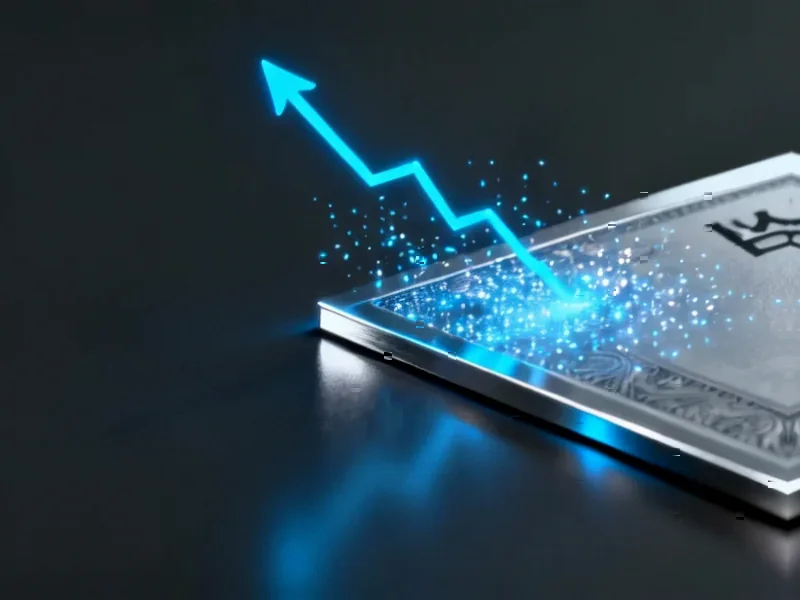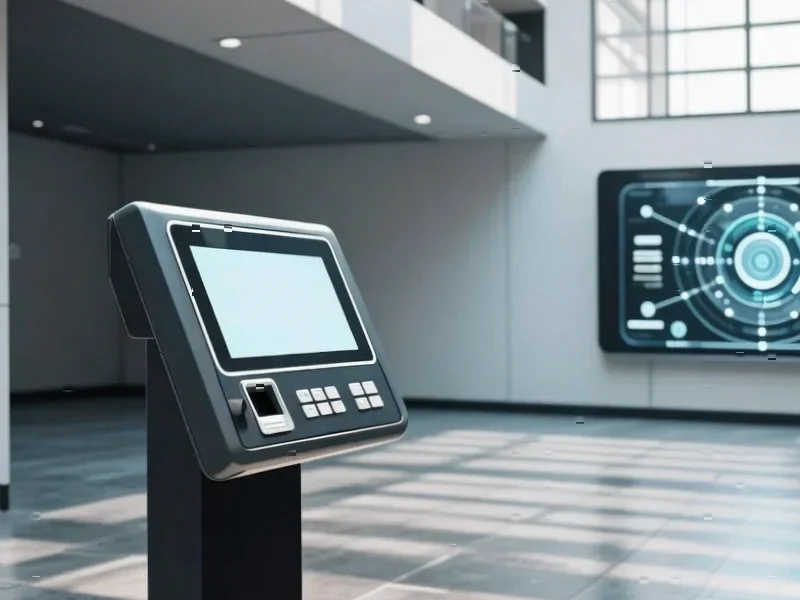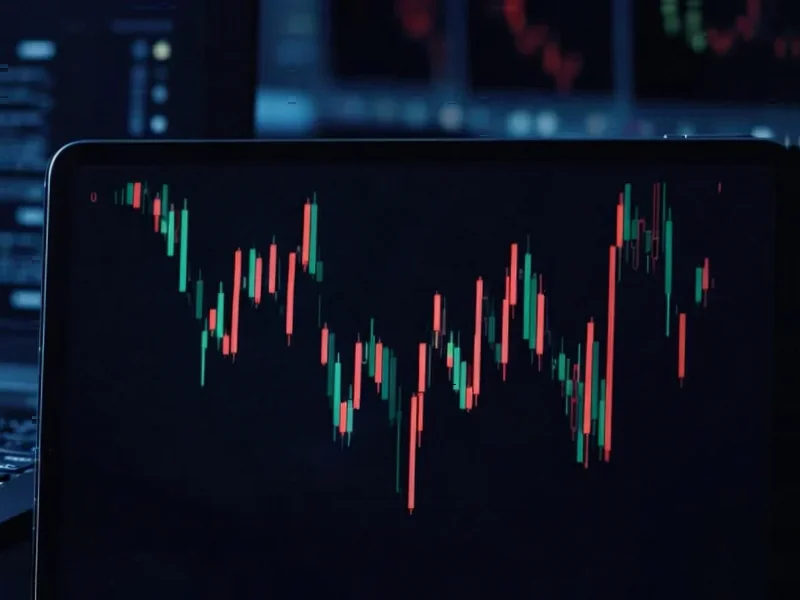According to SamMobile, Samsung’s Galaxy S26 series is facing inevitable price hikes due to significant component cost increases across the board. The company is expected to unveil the devices in February at an event in San Francisco. Chipset prices have increased 12% from last year’s average while camera module prices are up 8%. Mobile DRAM prices have jumped 16% just from the first quarter of this year alone. The price increase is likely to be in the $50-$100 range, which has been typical for previous lineup adjustments. Samsung isn’t alone in this decision, as Apple has already implemented price hikes with the iPhone 17 series and many Chinese OEMs have made similar moves.
Component costs are getting wild
Here’s the thing about those component price increases – they’re not just minor bumps. A 16% jump in mobile DRAM prices in just one quarter is absolutely brutal for manufacturers. And it’s only going to get worse with the memory shortage expected in coming months as production shifts toward more lucrative high-bandwidth memory for AI chips. Basically, everyone’s chasing the AI gold rush, and smartphone components are getting left behind.
The Exynos factor
This might explain why Samsung is pushing so hard to have the Exynos 2600 ready for the Galaxy S26 series. Using their own chipset would presumably be cheaper than buying Qualcomm’s latest Snapdragon. But let’s be real – Samsung’s track record with Exynos chips hasn’t exactly been stellar. Remember all the performance and efficiency complaints? Are consumers really going to accept both a price increase AND potentially inferior performance?
Premium pricing fatigue
Look, smartphone prices were already getting ridiculous before these hikes. The Galaxy S25 Ultra starts at what, $1,300? Now we’re talking about adding another $50-$100 on top of that? At some point, consumers are going to hit a wall. I mean, how much phone do people actually need? And with trade-in values becoming less generous and carriers tightening their upgrade programs, the math just doesn’t work like it used to.
Everyone’s in the same boat
The one saving grace for Samsung might be that they’re not alone in this mess. Apple’s already hiking prices, Chinese manufacturers are following suit – it’s an industry-wide problem. But that doesn’t make it any easier for consumers to swallow. When everyone’s raising prices simultaneously, it starts to feel less like market forces and more like coordinated pain. The big question is whether these increases will stick or if we’ll see aggressive discounting shortly after launch to move units.




